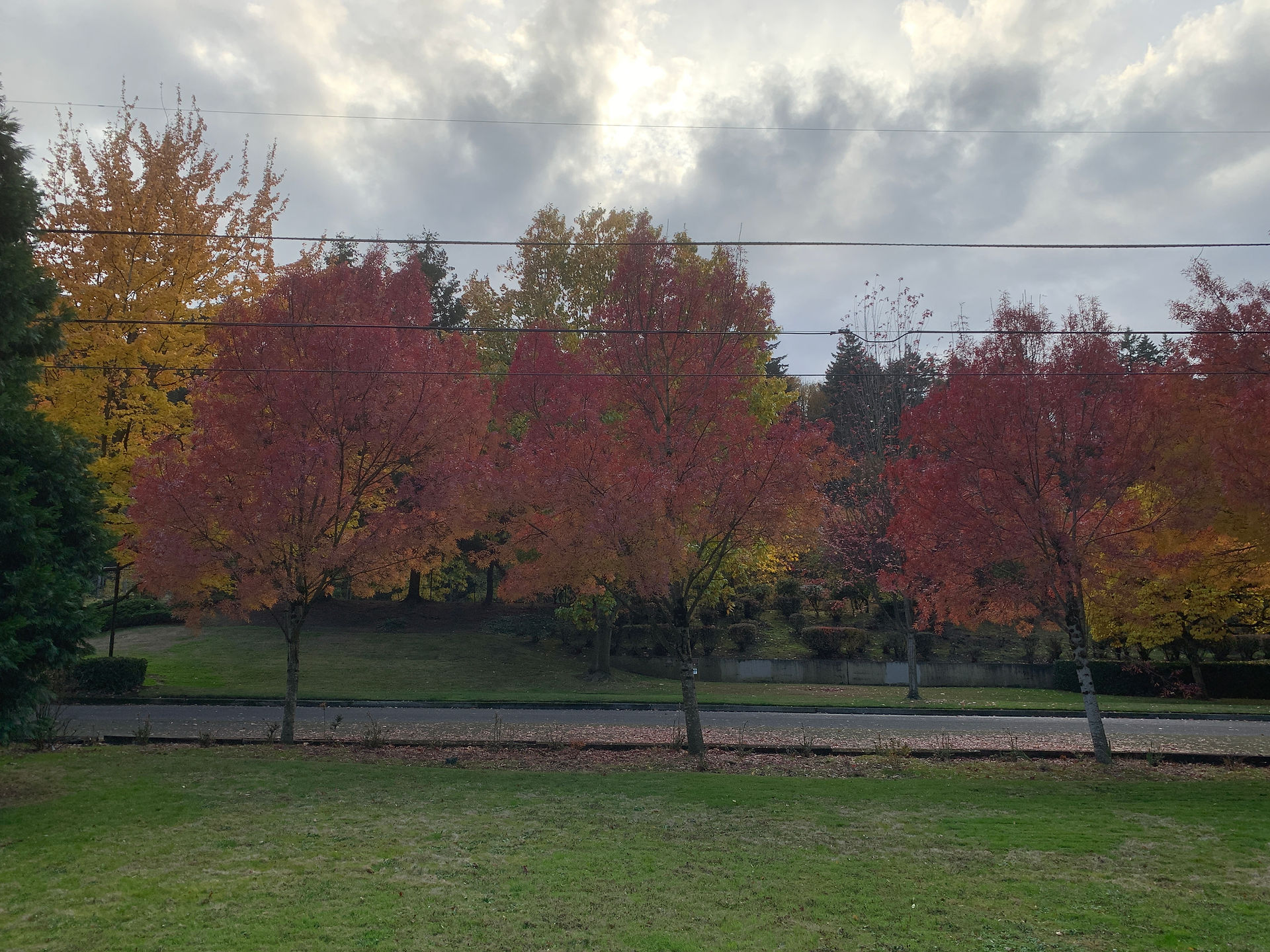Kidney Stones or Low Back Pain: Which is it?
- Dr. Alex Craig, D.C.

- Mar 15, 2024
- 2 min read
Over my fifteen years as a chiropractor, I've encountered numerous cases where patients presented with low back pain that turned out to be kidney stones. While distinguishing between the two can sometimes be challenging, there are fundamental differences in their clinical presentations that I'd like to address in this article.
Low back pain typically allows for finding a comfortable position, and the pain is somewhat predictable. You can often identify movements that trigger it. In contrast, kidney stone pain comes in waves, lasting anywhere from 20 minutes to an hour once it begins. Kidney stones can also lead to infection due to blocked waste material, causing a buildup of bacteria. The sharp pain associated with kidney stones can tear at the ureter, the tube leading from the kidney to the bladder. If fever, chills, nausea, or vomiting accompany the pain, it may indicate a kidney stone, and antibiotics may be necessary. Difficulty or pain during urination also suggests a kidney stone.
While back pain often radiates down the legs or into the buttocks, kidney stone pain typically occurs just above the iliac crest, or hip bone. Pain moving from under the lower right ribs downward follows the path of the stone through the urinary tract. Unlike with low back muscle strains or disc issues, kidney stone pain is not usually accompanied by sharp twinges when standing and walking, although weakness and vulnerability may be felt. Unusual presentations, such as pain at L5 and into the sacroiliac joint without urinary symptoms, have been reported, highlighting the complexity of diagnosis [1]
In addition to dehydration and diets high in protein, salt, and sugar, kidney stones can also be triggered by certain vitamin supplements, particularly Vitamin C[2] and D[3]. Patients have reported experiencing kidney stones after starting these supplements, suggesting a potential link. I advise discontinuing them for about a month and then reintroducing them gradually to identify any triggers.
Other potential triggers for kidney stones include cranberry and soy products, both of which contain high quantities of oxalates. Oxalates are a major component of kidney stones. Additionally, diets such as the ketogenic diet and the Atkins diet[4], which are high in protein, can also contribute to the formation of kidney stones.




Kommentare